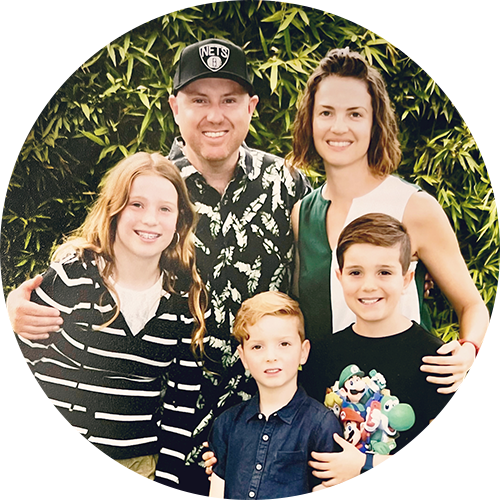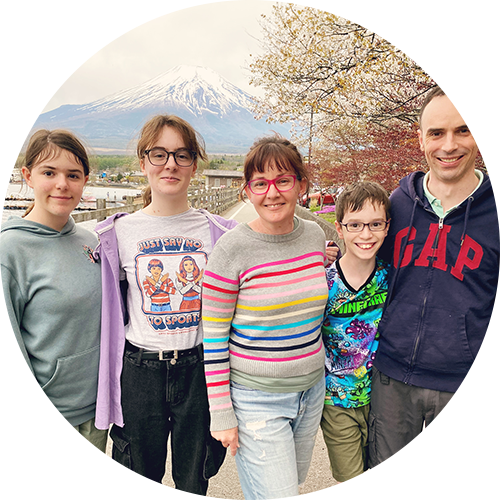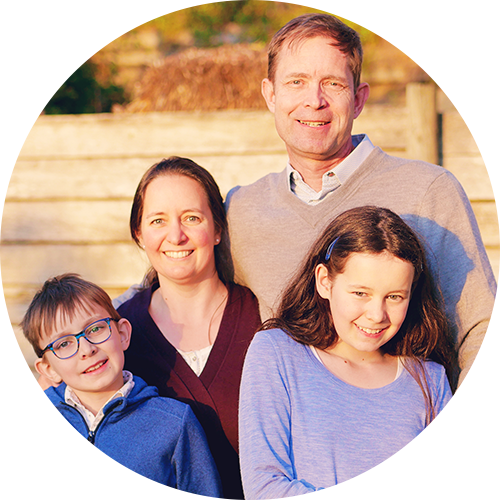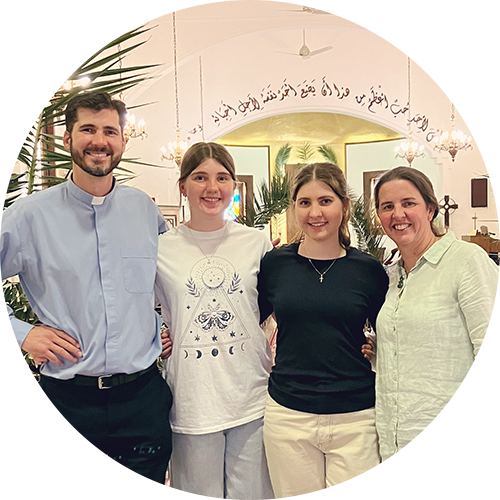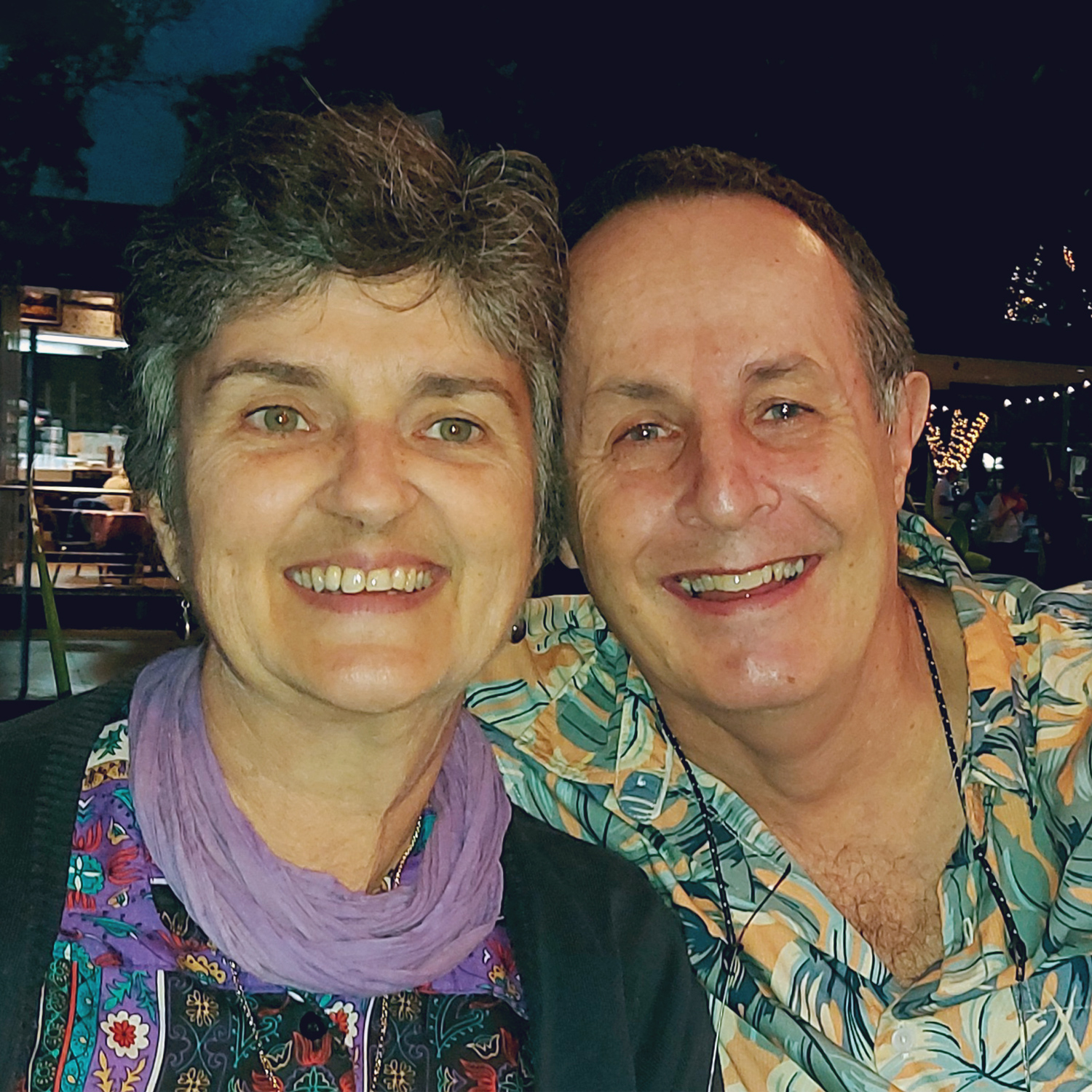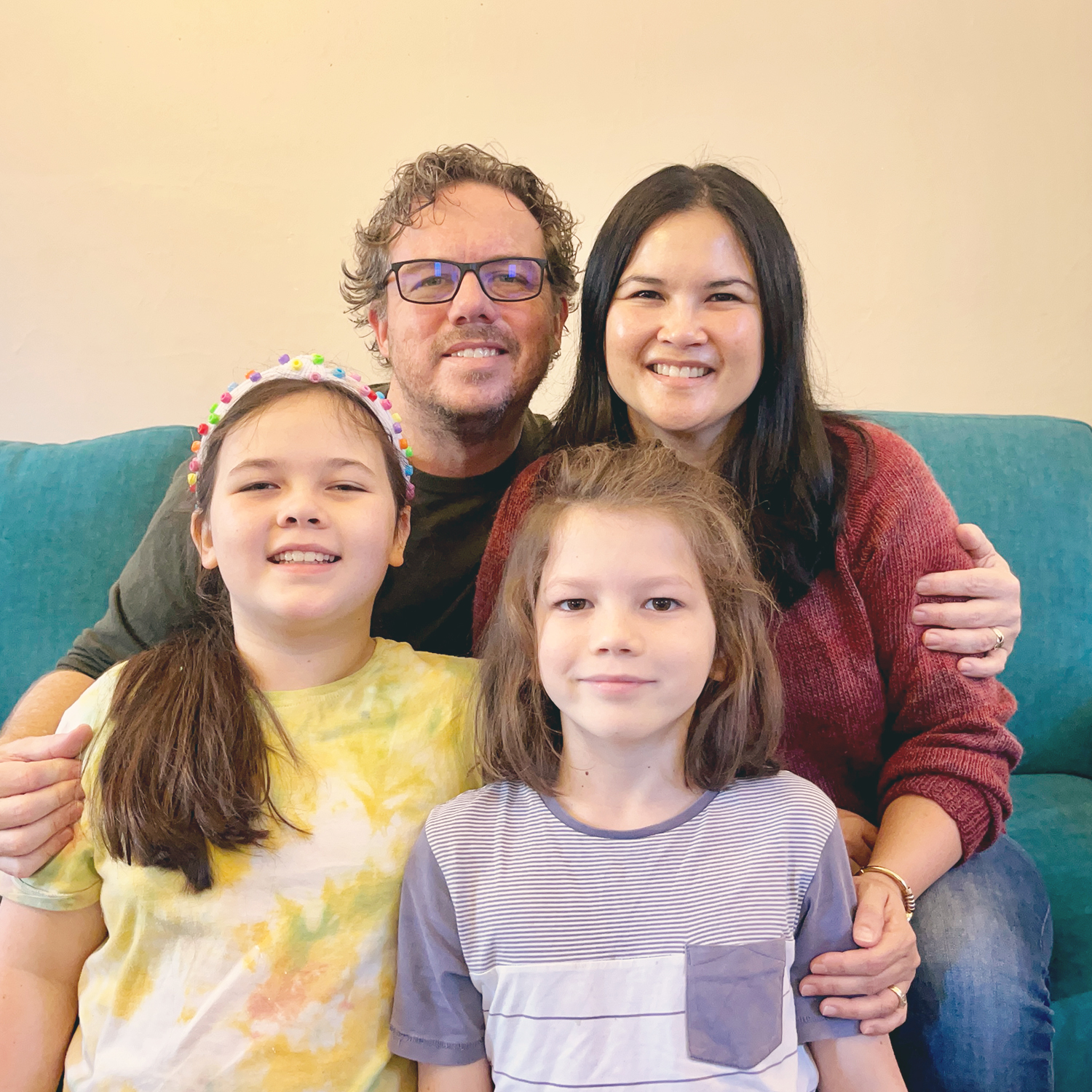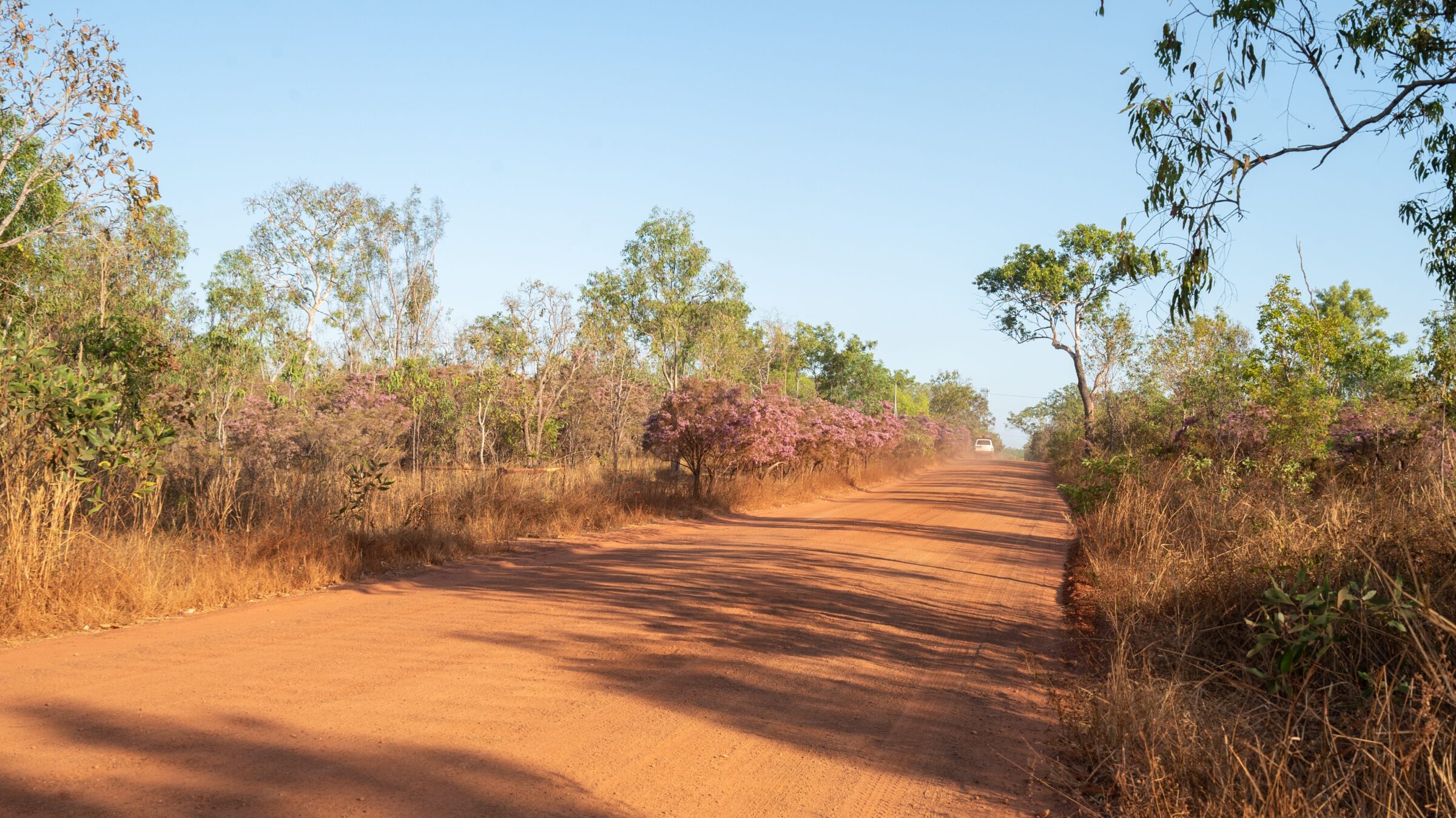Embodying Faith
CMS missionaries Arthur and Tamie Davis work in student ministry in Tanzania. In the lead up to Easter, they explain some of the different Christian practices they have encountered in Africa and how their family has adapted.
How is your preparation for Easter? Do you set aside time to pray or fast? We have heard little discussion here in Tanzania about fasting for Lent, but that might be because fasting is such a significant part of normal Christian practice all-year round! Some Christians here fast for Lent but most don’t, fasting at other times throughout the year. Our church, for example, completed a 21-day fast earlier this year.
Prayer and fasting in Tanzania
In Tanzanian Christianity, fasting means not eating for 12 hours, from when you wake up until after sundown. The TAFES (Tanzanian university ministry) staff fast regularly as part of their spiritual practice together. The last Friday of every month is set aside for fasting, plus other days as need arises. Fasting is done as a group activity because people can endure more through the unity this brings.
When we asked TAFES staff prayer coordinator Miranda* about fasting, she talked about disciplining your body, which makes fasting more intentional than other forms of praying. For TAFES staff, it is important for maintaining focus on God and receiving God’s direction.
A physical faith
In Tanzania, faith is often highly embodied, whether it is pacing or kneeling while praying, or dancing or sobbing while singing in church. Coming from a more cerebral faith background, we have been very affected by this insistence on involving our bodies. We’re not sure we entirely ‘get’ fasting yet, but it’s a practice we have begun to adopt as well, and it has become part of how we seek to shape our year around Jesus.
The benefits of routine and seasons
In a recent article, Arthur explained how we, as a family, have been following the church calendar including the seasons of Advent and Christmas, Lent and Easter. Tamie has created two key activities— the Jesse Tree and the Lenten Cross—that help make these times of reflection and celebration part of our daily lives.
This has been helpful for teaching our sons about Jesus’ birth, death and resurrection. It’s also a good way of regularly reading large amounts of the Bible together in an intentional way.
The seasons of the Church calendar help us to make room for God not just in the day-to-day, but also the week-to-week and month-to-month. It gives a Jesus-shape to our whole year.
The Church calendar also enables people of all ages to explore and express faith in Jesus. It exhibits a range of emotional experience: this story can become dark and difficult, yet God keeps walking alongside his people throughout.
Pray for us, that we can shape our days, weeks and years around worshipping and following the Lord Jesus.
* Name changed for privacy reasons.
Read more:
Read how Arthur and Tamie have been teaching their children about Jesus’ birth with the ‘Jesse Tree’ and his life, death and resurrection with the ‘Lenten Cross’.
CARE
Have you been encouraged by how the Davis family approaches Easter and incorporates the life of Jesus into their daily lives? Write them a message of encouragement and support. Maybe you could adapt their ideas to teach others about Jesus.




















